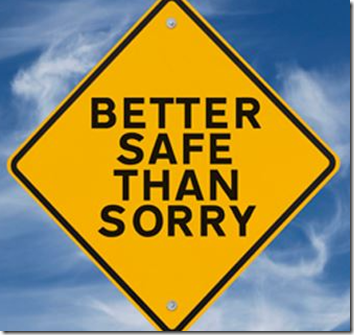Originally posted on June 21, 2020 @ 5:05 PM
 The emotions drive decision making and ought to be of interest to those who care about how people manage risk.
The emotions drive decision making and ought to be of interest to those who care about how people manage risk.
It is useful when thinking about human emotions that we identify different ways, impulses and unconscious drives that trigger decision making.
Emotions are integrated into the very nature of what it is be a fallible human and it is this ‘embodiment’ of emotions that separates humans from machines and objects.
All emotions have good and bad sides to them eg. anxiety in the face of risk can be protective and drive caution but, too much anxiety can make you sick. Similarly, anxiety can make one so fearful that they freeze when they should act. Similarly, overconfidence usually results in poor decision making and excessive risk founded in ignorance.
Integral to understanding the emotions is the connection to many cognitive biases and heuristics, these are essential to being a fallible human and needing to act fast and efficiently in the world. A useful guide to cognitive bias can be downloaded here: CLICK HERE OR ON IMAGE BELOW
In order to be fast and efficient in living, fallible humans tend to create heuristics (shortcuts) when there is:
· Too much information
· Not enough meaning
· Need to act fast and,
· When needing to remember
No heuristic is good or bad until we perceive that the heuristic used did or didn’t match the outcome. Most of the time our learned heuristics keep us safe and help us move through the world quickly and effectively without being harmed.
Our emotions, biases and heuristics are all interconnected and unconscious. What happens most often is we unconsciously recognize a social context (https://safetyrisk.net/mapping-social-influence-strategies/) and unconsciously respond to our biased perception of risk. This is why understanding the subjectivity of risk is also important (https://safetyrisk.net/all-risk-is-subjective/).
One of the values of meeting with others and conversing about expected risks and documenting them is to try and create a common understanding of risk if the environment can be controlled. However, when in the field and on site where things change rapidly, turbulence occurs and wheels fall off and humans don’t have time to access paperwork, they rely on heuristics, bias, emotions and experience to get them through. Surely, such an important part of being human would be of high importance in any Body of Knowledge? You would think that a discussion of the unconscious, bias, emotions and heuristics would be foundational to any Body of Knowledge about how humans interface with risk.
Yet in the AIHS BoK, in Chapter 7: The Human – As a biological system and Chapter 8.1: The Human- Basic Psychological Principles there is no discussion of these important human ways of ‘being’. Indeed, there is no discussion of the human unconscious in the AIHS BoK nor social psychology but over 30 Chapters on hazards. Indeed, in the Chapter 31.2 OHS Risk and Decision Making, heuristics are mentioned once, there is no discussion of the unconscious and the notion of bias is glossed over.
Safety is indeed, the industry of objects.
From the evidence in the BoK we can only determine that safety knowledge is about being hazard-centric. This is an industry that knows much about objects but precious little about persons. Indeed, there is nothing in the BoK that even seeks to define personhood, even in the chapter entitled Ethics (that is not about ethics but duty). The beginning of an Ethic in Risk is defining personhood.
So, when one knows little about the emotions, bias and heuristics and is consumed by objects and zero, it is a natural outcome to demonize humans as objects and demonize the emotions simply because they are misunderstood by an industry that is silent about them. And this seems to be the basis for how the industry self-defines itself as professional.




Do you have any thoughts? Please share them below